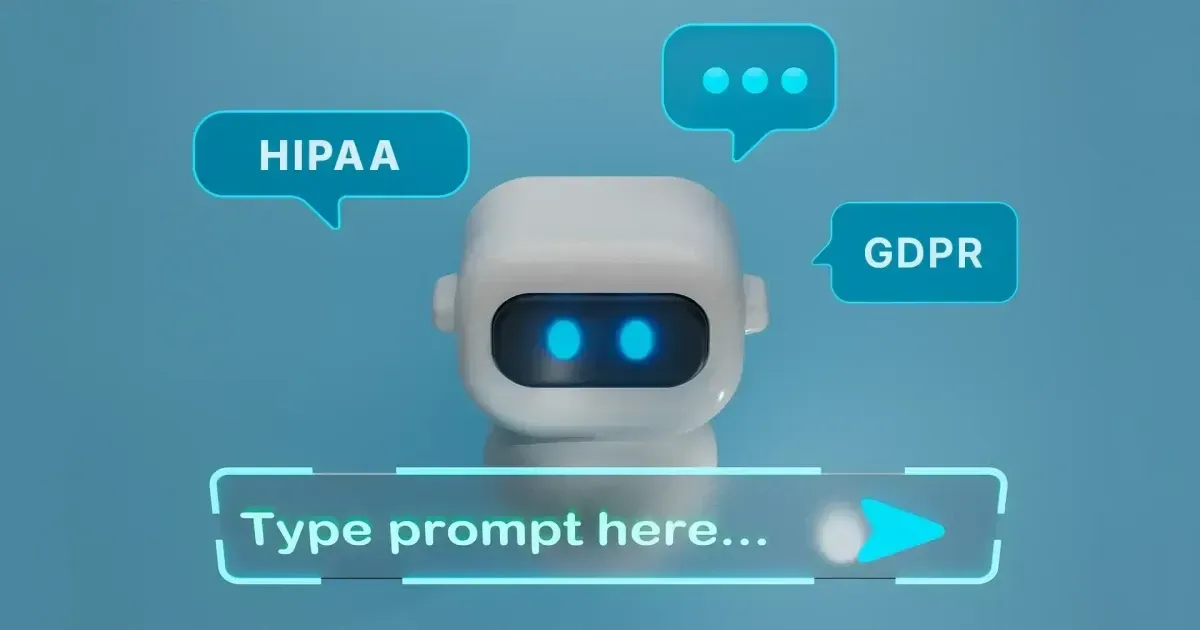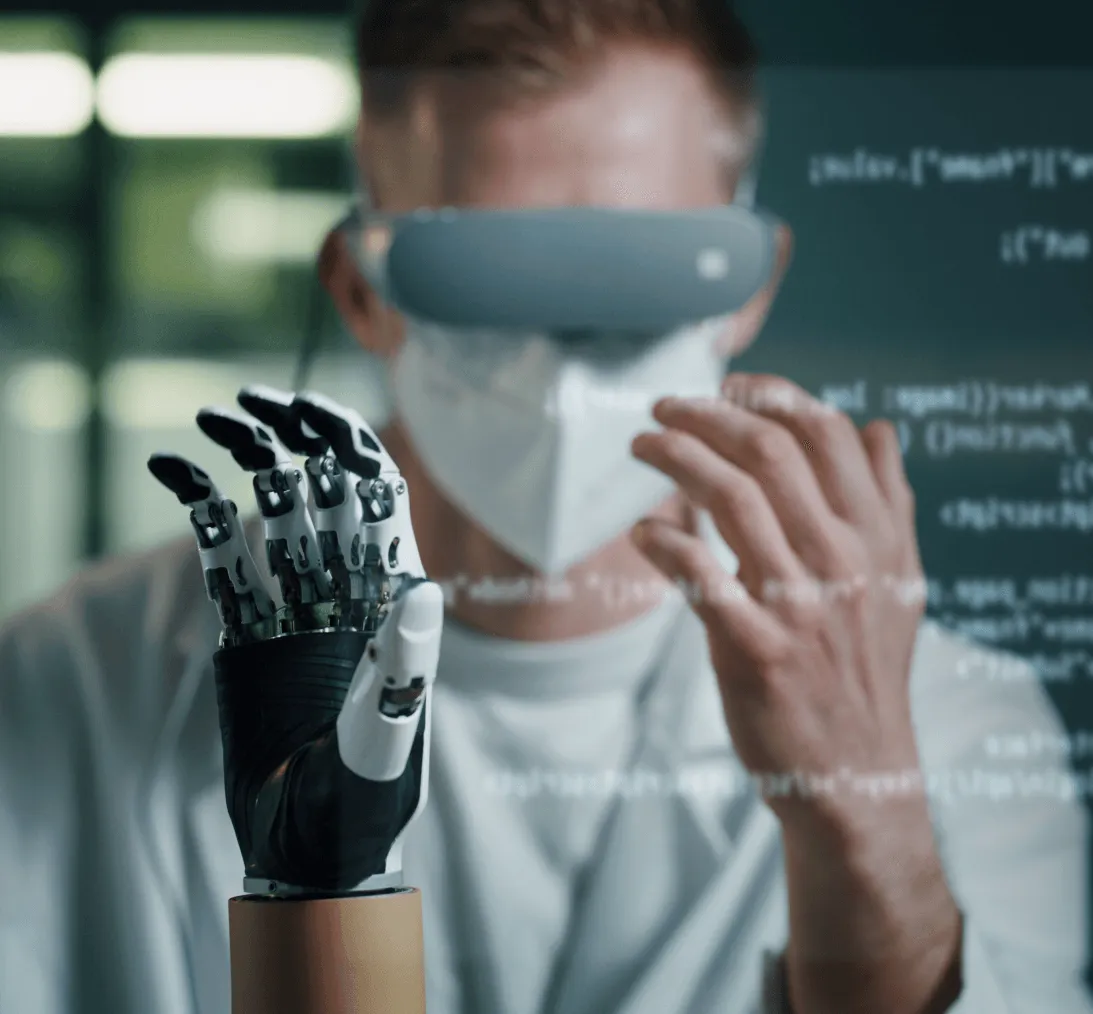Bringing AI Agents to Highly Regulated Industries

At Code Drifters, we’re extremely excited about the potential AI agents can have in highly regulated industries like healthcare, government, transportation and many others. But as much as we love innovation, we need to be realistic about AI’s limitations. There are massive risks involved, and improper deployment of this technology can lead to catastrophic outcomes.
That being said, there is huge potential for AI to help people in these industries and beyond – making processes faster, creating new possibilities for automation, and scaling to heights previously thought impossible. Our goal is to make sure AI actually improves outcomes and trust, instead of causing more problems. We’re also wary of the hype and want to focus on what provides genuine, measurable value.
Working within highly regulated environments means constantly adhering to frameworks such as HIPAA, GDPR, FISMA, FedRAMP, HiTrust, PCI DSS, ISO 27001, SOC 1 and SOC 2. These aren’t just checkboxes; they’re essential safeguards protecting patient information, sensitive governmental data, financial transactions, and overall security and privacy. Any AI solution we deploy not only needs to fully comply with these standards but must actively enhance our clients’ ability to maintain continuous compliance, safety, and reliability.
AI Agents vs Classical Automation
Our first step is to always start by asking, “Why not use traditional automation?” – as we don’t want to deploy AI for AI’s sake. Classical automation techniques, using programming languages, are reliable for simple, repetitive tasks – such as filling forms, managing records, or triggering events. These systems are great because they hardly ever make mistakes and free up people’s time.
AI agents, on the other hand, aren’t as reliable for doing the exact same thing every single time. They may have the appearance of intelligence, but they also behave unpredictably and in ways that may surprise you. So AI may not be the best choice if you just need something consistently and reliably repeated, traditional programming languages are by far the best choice for this task.
However, classical automation isn’t perfect either – its biggest challenge is figuring out exactly what it should do in the first place. This is where AI can really help, by quickly creating process documentation, suggesting automation, and identifying requirement gaps. Even though you still need a human expert to double-check everything and make sure it makes sense in context, this can save massive amounts of time and money in a software project.

Enhancing Human Work, Not Replacing It
We’re not interested in using AI to replace people. In our industries, what we refer to as Evergreen Sectors, we need people to function. Code Drifters views AI as a tool to replace the hair-pulling, repetitive tasks that humans usually struggle with – such as analyzing records or endless paperwork. Automation can handle these tasks faster and at a lower cost than a human can. By doing this, it will allow people to put their energy into important decisions or personal interactions that really matter.
This means providers, decision makers, and other workers can spend their time where it counts – caring for patients, solving tricky problems, and thinking strategically to address big challenges. Humans should always have the final say, which builds confidence and trust in the technology itself.
Agentic AI’s Strengths
One thing AI does incredibly well is reading through messy, unstructured data – like patient notes, aircraft maintenance records, or complicated policy documents. Classical automation usually struggles here because the data isn’t neatly organized. Historically, countless hours have been spent building software to Extract, Transform, and Load (ETL) data – while AI does this effortlessly in seconds and at a much lower cost.
Some compelling use cases we’re excited about:
- Healthcare: Quickly analyzing patient notes, discharge summaries, and medical imaging to support faster and more accurate clinical decisions.
- Transportation: Processing aircraft maintenance records and logs to alert risks or predict maintenance requirements before issues arise.
- Security: Real-time detection of threats and anomalies in massive data streams, instantly alerting teams to potential cybersecurity risks.
- Government: Automating analysis of complex, frequently changing regulatory documents, reducing the burden of compliance and risk assessment.
- Financial Services: Rapidly evaluating contracts, policies, and transactions for fraud detection, risk assessment, and regulatory compliance.
- Legal: Quickly sifting through legal documents, contracts, and case histories to support litigation processes and legal research.
- Marketing & Support: Automating outreach efforts and quickly responding to common customer inquiries.
- Software Development: Gathering clear requirements, generating initial code, and streamlining the code-review process (with human oversight).
AI also helps us scale specialized knowledge much faster and easier. Normally, if you wanted expert-level consulting you’d need lots of time, training, and money. AI-powered consulting could change this completely, where knowledge and expertise are trained in the agents and then scaled out at a fraction of the cost.
AI agents can fail in surprising and unpredictable ways. We recommend always starting your AI agent deployments with tasks where occasional mistakes won’t lead to significant harm or disruption. Conducting a thorough risk assessment for the intended deployment can go a long way toward protecting your enterprise.
Thoughtful Innovation
At Code Drifters, we believe in Hypothesis-Driven Development (HDD). This means quickly experimenting with a new technology, but also taking the time to analyze the results before taking our next action. In highly regulated industries, mission critical matters more than following the latest trend. The whole point of using AI, in our view, is to improve people’s lives with better and safer technology – not to create more problems and uncertainty. With the right approach, we can keep humans at the center and create a better future for everyone.